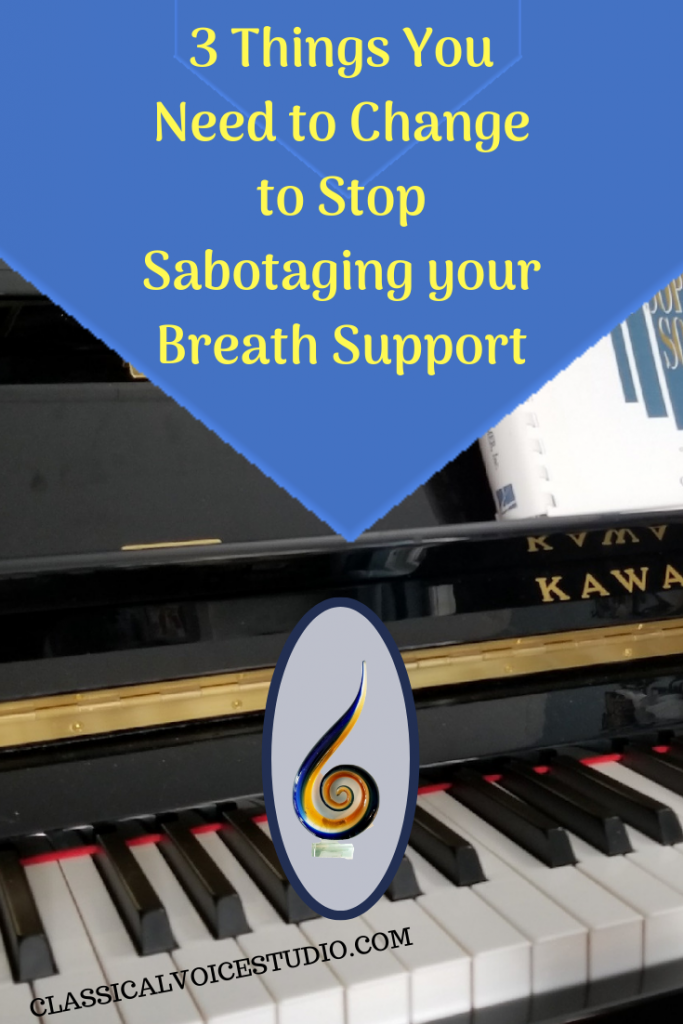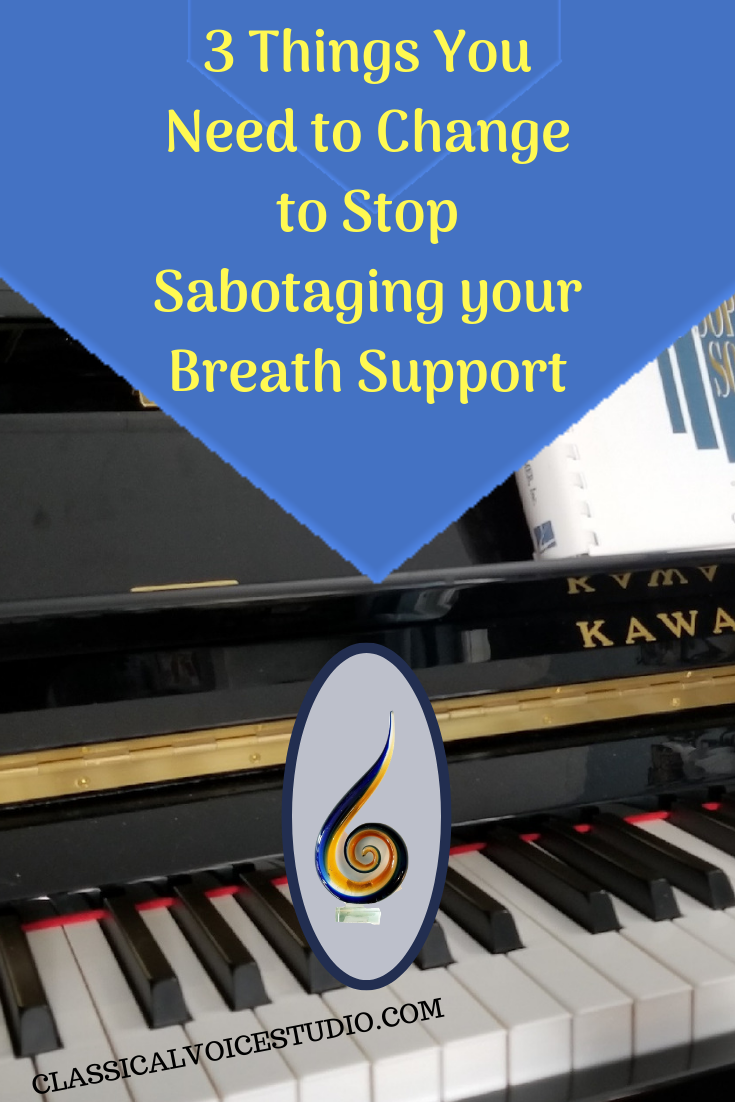[et_pb_section bb_built=”1″ admin_label=”section” _builder_version=”3.17.6″ custom_margin=”0px||0px||true” next_background_color=”#000000″][et_pb_row admin_label=”row” _builder_version=”3.0.47″ background_size=”initial” background_position=”top_left” background_repeat=”repeat”][et_pb_column type=”4_4″][et_pb_text _builder_version=”3.17.6″ background_size=”initial” background_position=”top_left” background_repeat=”repeat”]
 Even if you’re just beginning your singing journey, you probably already know that breathing is the power of your voice. You may have heard advice like you need to “sing from your diaphragm” for improving breath support.
Even if you’re just beginning your singing journey, you probably already know that breathing is the power of your voice. You may have heard advice like you need to “sing from your diaphragm” for improving breath support.
Let me let you in on a little secret.
Contrary to what you may have heard, human beings are incapable of breathing without their diaphragm. Ergo, you are already “singing from your diaphragm.” Whether or not you are using it efficiently is another matter. which I’ll get into a little later.
So, if “sing from your diaphragm” isn’t THE answer, what do you need for better breath support?
First we must ask:
What exactly is breath support?
Having breath support means producing consistent and healthy breath pressure. Breath pressure is created during exhalation as air meets resistance. This resistance allows you to control your voice in volume, intensity, resonance, keep an even tone, sing in tune, sing without tension much more. It is the support.
However, this definition of breath support only refers to the exhalation- so that’s only half the equation on how to achieve it.
Without a full and proper inhalation, a controlled exhalation is practically impossible.
Now we can ask, “what do you need for improving breath support?”
In short, you need good breathing technique. Using correct breathing techniques, you will be able to maximize your breath capacity and create that pressure in a way that does not cause tension on your larynx (the structure that houses your vocal chords).
If you are just learning to sing, it pays to take the time to develop proper breathing technique. If you’ve been singing for a while and haven’t paid it much attention, it’s time.
[/et_pb_text][/et_pb_column][/et_pb_row][et_pb_row custom_padding=”0|0px|27px|0px|false|false” _builder_version=”3.17.6″ background_color=”#222e50″ border_width_all=”10px” border_color_all=”#4472c4″ border_style_all=”double”][et_pb_column type=”4_4″][et_pb_text _builder_version=”3.17.6″ custom_margin=”10px|10px|10px|10px” custom_padding=”0px|20px||”]
[/et_pb_text][/et_pb_column][/et_pb_row][et_pb_row custom_padding=”27px|0px|27px|1px|false|false” _builder_version=”3.17.6″][et_pb_column type=”4_4″][et_pb_text _builder_version=”3.17.6″]
What’s the Diaphragm Got to Do with Breath Support?
If all that is true, then why do people tell you to “sing from your diaphragm,” as if it is the panacea for improving breath support. The phrase isn’t completely out of left field.
Remember when I said earlier that you have no choice but to “sing from your diaphragm?” That’s because the Diaphragm is the Primary Breathing Muscle. When it contracts, you inhale. When it relaxes, you exhale.
In normal, everyday speech, you don’t need a whole lot of air to carry out the task. This means that your breathing apparatus is used to moving pretty minimally. This very shallow, lazy breathing is called “Costal Breathing” (a.k.a. “chest breathing,” a.k.a. “clavicular breathing”).
There are 3 things wrong with using Costal breathing for singing.
1. Sucking in Your Stomach When You Inhale.
In costal breathing, your abdominal muscles often contract inward, pushing all your viscera up against your diaphragm. This stops the diaphragm from descending properly, limiting the lung capacity- which means even though you are using it, you are not using it efficiently to maximize your breath capacity. This is what your choir director was trying to tell you by saying “breathe from your diaphragm”.
2. Not Fully Expanding the Rib Cage
Due to our lazy normal breathing, the rib cage is used to expanding in only one direction, forward/up.
In the case of singing, you want to take a deeper breath than you normally would to speak, so you need to more space to store the air. The rib cage needs to expand out to the sides and into the back, 3-dimensionally. However, those areas are just not as flexible from lack of use.
Your body wants to get the result you want (more air capacity), but it will do what is easiest. To accommodate all the air needed for singing, the rib cage has to lift high, but it can’t lift high enough.
3. Lifting the Shoulders
When the lungs inflate, the volume of air has to be displaced in the body. Your chest is rising, but can’t expand higher, so you lift up your shoulders, searching for more capacity. But the shoulders are not voluminous cavities made to provide space for air. They are simply trying to get out of the way of your rib cage’s expansion. Basically, this action is not helping you in your quest for breath capacity or support in any way.
The other major problem with lifting the shoulders to breathe is that it causes discomfort and tension in your voice. Tension in your voice over long periods of time can lead to many vocal health problems such chronic hoarse voice as well as nodes or even polyps. Yikes! You do NOT want to have to deal with those.
Then it’s all exacerbated by poor posture. It is completely possible for the chest to move independently of the shoulders, but not if you’re hunched over. Hopefully you’ve read my post on singing posture. If you haven’t, go take a few minutes to read it now to familiarize yourself on the relationship between posture and breathing.
So far, these problems have mostly been about breath capacity. What does that mean for breath control? Simply put, if you don’t have enough air when you inhale, you don’t have much to work with when you exhale. But inhalation is only the first part of breath support.
The real bread and butter of breath support is controlling the exhalation.
When you are using costal breathing, you aren’t activating all of your breathing muscles. Remember the lack of 3-dimensional expansion? Yeah, that means you are only using 1/4 of your available breathing musculature.
[/et_pb_text][/et_pb_column][/et_pb_row][et_pb_row custom_padding=”0|0px|27px|0px|false|false” _builder_version=”3.17.6″ background_color=”#222e50″ border_width_all=”10px” border_color_all=”#4472c4″ border_style_all=”double”][et_pb_column type=”4_4″][et_pb_text _builder_version=”3.17.6″ custom_margin=”10px|10px|10px|10px” custom_padding=”0px|20px||”]
[/et_pb_text][/et_pb_column][/et_pb_row][et_pb_row custom_padding=”27px|0px|27px|0|false|false” _builder_version=”3.17.6″][et_pb_column type=”4_4″][et_pb_text _builder_version=”3.17.6″]
It’s Time to Make a Change
You may be asking, “So what am I supposed to do instead?”
I’m sure you’ve heard the phrases “take a low breath,” or “take a belly breath.” But those are not specific actions. Those are the result of physical actions you have to take.
So, what do you need to do?
1. Stand with proper singing posture. If you aren’t sure if you have good posture, please read my post and download the cheat sheet to guide you.
2. Allow your abdominal muscles to relax and expand outward during inhalation. This is the most basic tenant of breathing technique. Once you achieve this, your shoulders pretty much automatically drop out of the equation.This is your basic breathing technique: “Abdominal Breathing”, or Belly Breathing. (And the one I will teach you in my 5-Day Breathing Technique Challenge!)
3. Train your rib cage to expand in 3-Dimensions. This gives you the space to allow for the fullest inhalation. It also means recruiting all the proper breathing muscles, giving you more control over the exhalation. This is an intermediate breathing technique: “Thoracic Breathing.”
4. Train yourself to use both #2 and #3 together. This is the Ultimate Breathing Technique: “Appaggio Breathing.”
I want to help you on your journey to improving breath support. That’s why I have created a free 5 Day Breathing Technique Challenge to get your started! The 5 Day Breathing Technique Challenge covers 2 of the methods and exercises to help you achieve that 2nd goal.
Each day covers 1 of the method and exercise and is broken down with step-by-step directions to make it easy to understand and learn (all in about 5 -10 minutes)! Fill out the form below to join.
[/et_pb_text][/et_pb_column][/et_pb_row][et_pb_row custom_padding=”0|0px|27px|0px|false|false” _builder_version=”3.17.6″ background_color=”#222e50″ border_width_all=”10px” border_color_all=”#4472c4″ border_style_all=”double”][et_pb_column type=”4_4″][et_pb_text _builder_version=”3.17.6″ custom_margin=”10px|10px|10px|10px” custom_padding=”0px|20px||”]
[/et_pb_text][/et_pb_column][/et_pb_row][/et_pb_section][et_pb_section bb_built=”1″ _builder_version=”3.17.6″ prev_background_color=”#000000″ next_background_color=”#000000″][et_pb_row _builder_version=”3.17.6″][et_pb_column type=”4_4″][et_pb_text _builder_version=”3.17.6″ link_font=”||||||||” ul_font=”||||||||” ol_font=”||||||||” header_font=”||||||||” header_2_font=”||||||||” header_3_font=”||||||||” header_4_font=”||||||||” header_5_font=”||||||||” header_6_font=”||||||||”]
If you found this post helpful, please share it!
[/et_pb_text][/et_pb_column][/et_pb_row][/et_pb_section][et_pb_section bb_built=”1″ _builder_version=”3.17.6″ prev_background_color=”#000000″][et_pb_row _builder_version=”3.17.6″][et_pb_column type=”4_4″][et_pb_blurb title=”Disclaimer” use_icon=”on” font_icon=”%%168%%” content_max_width=”852px” use_icon_font_size=”on” icon_font_size=”32px” content_max_width_last_edited=”on|phone” icon_font_size_last_edited=”on|desktop” _builder_version=”3.17.6″ border_radii=”on|6px|6px|6px|6px” border_width_all=”2px” border_color_all=”#2d8cb5″ global_module=”2055″]
Although I am a certified music and voice teacher, I am not YOUR teacher. The information on my blog is intended for informational and educational purposes and in no way constitutes advice of any kind. I make no guarantee or promises based on the accuracy, reliability, or completeness of the information represented on my website or products. This blog is not a substitute for professional advice. I reserve the right to change the management and content focus of my blog at any time without notice.
[/et_pb_blurb][/et_pb_column][/et_pb_row][/et_pb_section]


6 Comments
Comments are closed.